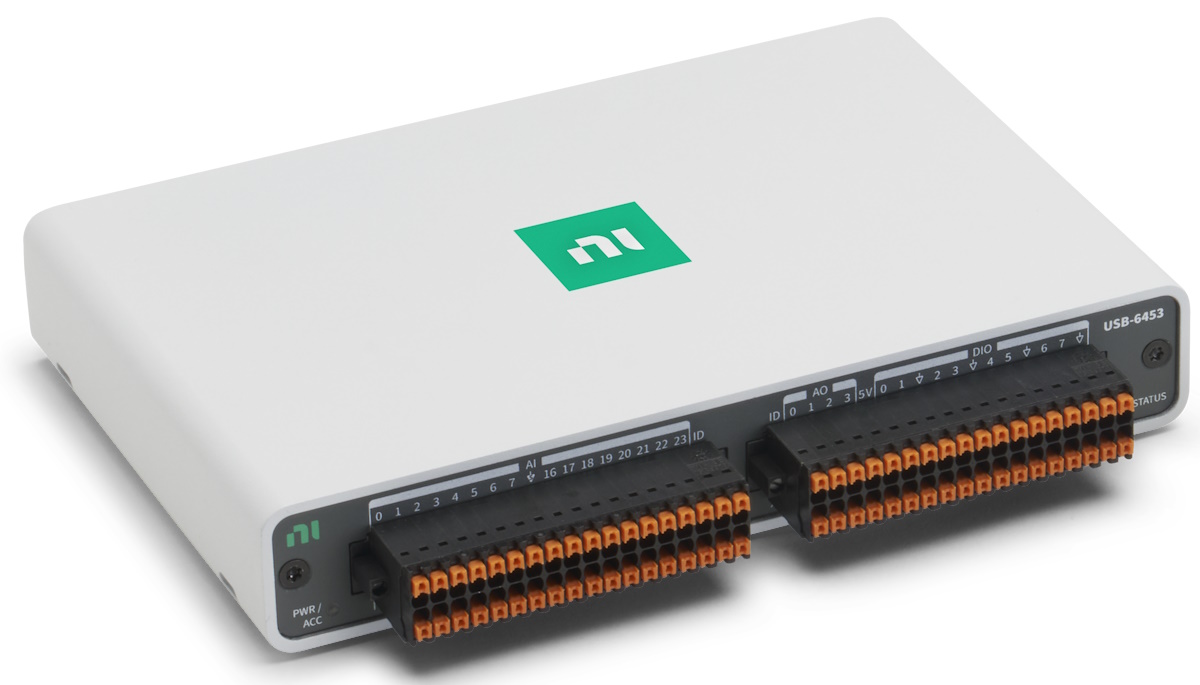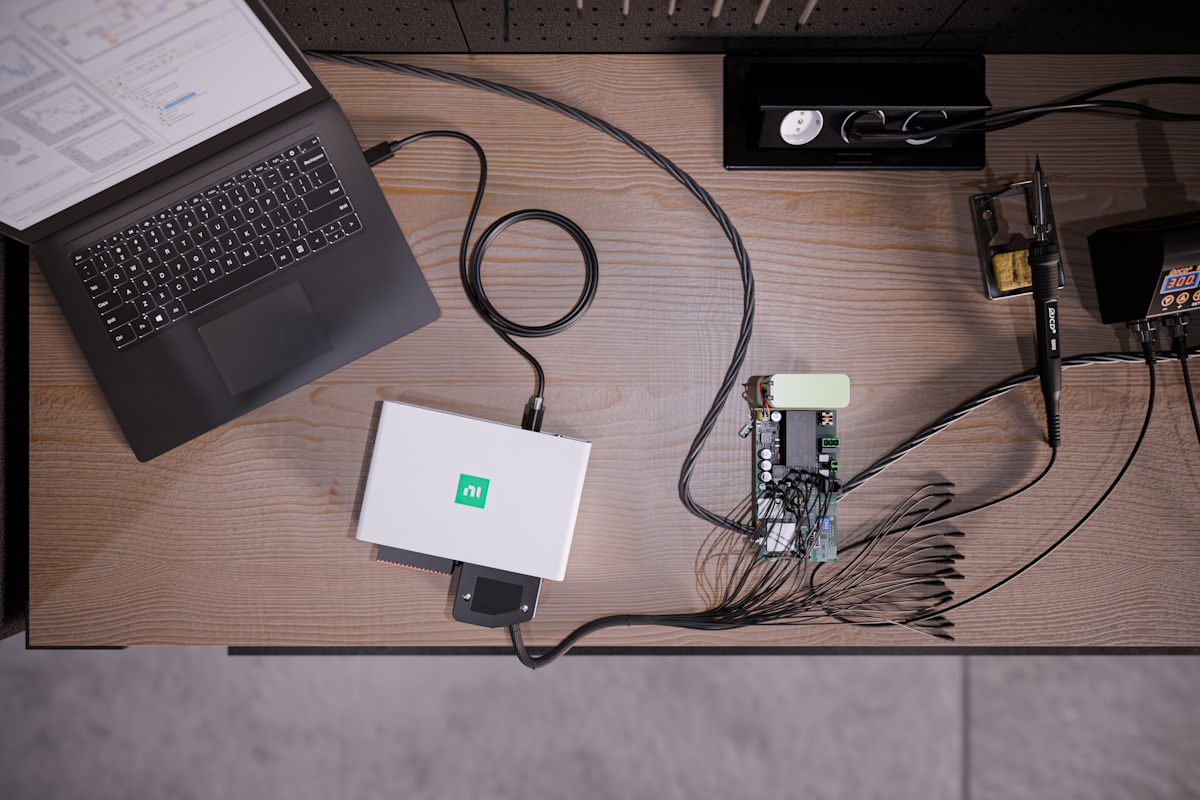For those who don the undergarments of authority and stride the corridors of power, pompously parading the insignia of the punctuation police and SEO security, it should be noted that the title to this column in no way ends with an exclamation mark, so there are no SEO concerns to concern you there!
Moving on… have you ever found yourself desperately wanting to own something you didn’t even know existed just a few short minutes earlier? This just happened to me. I’ll tell you about that in a moment, but first I’d like to waffle (as is my wont) regarding some other random thoughts that are currently bouncing around my poor old noggin.
Let’s start with the fact that I am constantly amazed by the test and measurement equipment we have access to today, especially when I compare things to the tools available when I commenced my career circa 1980.
Take oscilloscopes, for example. In the 1950s and 1960s, in addition to their cathode ray tube (CRT) displays, these bulky beauties employed vacuum tube-based electronics for tasks like signal amplification, switching and timing circuits, and controlling the vertical and horizontal deflection of the electron beam(s).
By the 1980s, vacuum tubes had been replaced by solid-state electronics in the form of semiconductor transistors and integrated circuits (ICs), but the CRTs remained. These oscilloscopes were big, bulky, and oh-so-heavy! So much so that you could give yourself a hernia lifting one, which meant we tended to use wheeled benches to move them around to wherever they were required.
Oscilloscopes were also incredibly expensive back in the day—far outside the reach of a humble hobbyist. A good 4-channel professional oscilloscope circa 1980 could easily extract $3K to $5K out of your wallet for a basic model, rising to $8K to $10K (or more) for a higher-end configuration with more bells and whistles. I think this would equate to something like $10K to $35K in today’s money (the stuff I have so little of, said Max, sadly).
By comparison, I currently have a 4-channel Rigol DS1054Z Digital Oscilloscope sitting next to me on my office desk. Only 13 x 7 x 5 inches in size, and weighing in at only 6.6 pounds, this bodacious beauty is a snip at only ~$350 (I paid ~$450 for mine back in the mists of time we used to call 2022).
Another piece of equipment that’s always useful is a benchtop power supply. The reason I mention this here is that I purchased one just a few minutes before I commenced writing this column. This all came about because I’m poised to kick off a new series of columns under the banner title of Weird and Wonderful Arduino Projects in the UK hobbyist magazine Practical Electronics.
Our first project is going to be to build what I’m calling a Retro Games Console (see also Steve Leibson’s column “The Game Console 2.0” Serves up Images of 123 Home Video Game Consoles Across 9 Generations).
Do you remember the old cooking programs on TV where the host would mix a bunch of ingredients haphazardly in a bowl, then set that bowl to one side, open the oven door with a flourish, and proudly proclaim, “Here’s one I made earlier!” Well, the image below shows a prototype of our retro games console that my friend Joe Farr created earlier.

Retro games console (Source: Joe Farr)
In our case, the term “retro” may be taken to be synonymous with “big, bulky, clunky, and chunky.” Also, our console manages to combine having relatively little computing power with guzzling a lot of “power” power.
To be honest, there’s nothing in the main box apart from pushbuttons, 7-segment displays, a matrix of light-emitting diodes (LEDs), and a lot of wires. Any computing power is provided by a pre-programmed microcontroller mounted on a plug-in board (the green board seen in the upper left corner of the image).
This is reminiscent of the game cartridges that are used in conjunction with real-world consoles. In Joe’s case, he’s using PIC microcontrollers to implement his games—one board/PIC per game. By comparison, I’ll be using Arduino-based plug-in boards.
I don’t want to delve too deeply into our design decisions here. Suffice it to say that I’m going to be using an external power supply to power this little scamp during the prototyping phase, possibly swapping over to battery power for real-world use. In fact, if you look at Joe’s console above, you’ll observe that it’s currently running on its internal battery pack, but that there is also a power jack on the side.
Most of my Arduino-based projects are small enough and consume little enough power that I can drive them via the Arduino itself. Also, the Arduino can be powered via the same USB cable I use to program it, which makes life simple with respect to the constrained space I’m obliged to work with in my study at home.
In this case, however, I’m going to need more “umph,” as it were. Also, the power will be coming to the Arduino from the console, and not the other way round.
Remembering the space constraints on my study desk, my initial thought was to purchase a mains-powered 9V 5A AC-to-DC power supply. Having said this, the ~$25 price tag did cause me to wince a little (that’s a lot of money for not much product).
This is when I turned my attention to benchtop power supplies. I hadn’t really considered buying one of these for home use—cost and space constraints again—but when I looked on Amazon, I found an awesome offer I simply couldn’t resist. We’re talking about a 30V 10A variable DC supply that’s only approximately 7.5 x 3.5 x 5.5 inches in size and weighs in at only 2.5 pounds (give or take). Even better, it’s only $50 with free shipping on Amazon Prime. Why didn’t I buy one of these earlier?
But we digress…
Do you remember when the folks at National Instruments announced that they were officially changing the company name to NI in 2020? I knew this, but I wasn’t cognizant of the fact that NI was acquired by Emerson Electric in 2023. I also wasn’t aware that the NI moniker was recently changed fully over to be Emerson Test & Measurement.
All this to say that I was just chatting with Brett Burger, who is the Chief Solutions Marketer at Emerson Test & Measurement (formerly NI) (Phew!)
Brett was telling me that the guys and gals at Emerson Test & Measurement (formerly NI) have recently expanded their USB data acquisition (DAC) product line with their new mioDAQ device.

Meet the mioDAQ (Source: Emerson/NI)
This is an awesome beast. Brett says it sets a new industry benchmark for bus-powered USB measurement, and I have no reason to doubt his word. In a crunchy nutshell, we’re talking about 16 channels of 20-bit, ±10 V inputs @ 1 MS/s/ch sample rate, four ±10 V digital to analog converter (DAC) outputs @ 250 ks/s/ch update rate,16 flexible digital input/outputs, and four counter/timers. All this means that the easy-to-use mioDAQ can operate as an oscilloscope, a function/signal generator, and much, much more.
Take the “easy-to-use” part, for example. How many times have you returned to a piece of equipment after doing something else for a few days (or weeks, or months), only to realize that (a) you’ve forgotten how to do something and (b) you have no recollection as to where you hid the manual? Well, the mioDAQ has a handy-dandy QR code on the back that will take you to the latest and greatest incarnation of the manual. O-M-G! Why doesn’t EVERYONE do this?
The mioDAQ also comes equipped with access to the software engineers need, like free DAQ software in the form of FlexLogger Lite, industry-leading LabVIEW integration, and support for Python, C/C++, C#, and more.
In addition to prototyping, development, and debugging, this little beauty is going to find myriad roles in things like signal acquisition and analysis, control systems and automation, experimentation and research, and education and learning.
Do you recall how, earlier in this column, I was bemoaning the space constraints imposed by my study at home? If so, you will understand why the mioDAQ’s small physical footprint is of particular interest to me.

Would that this were my own desktop (Source: Emerson/NI)
It’s obvious that the image above isn’t of my own desktop because it’s scarily neat. I have so many components, circuit boards, books, and papers on the desk here in my office that I can barely see my keyboard. And my desk at home is not much better, although I do make more of an effort there because I don’t wish to incur the wrath of my wife (Gina the Gorgeous).
So, what say you? I’d be interested to hear your thoughts on test and measurement equipment in general—including the way things used to be, the way they are now, and any expectations we may have for the future—and on the mioDAQ in particular.





Man, you send one work email about title punctuation – one! – and Max *goes to war*
I suppose you are going to deny any talk of public floggings for title punctuation miscreants.